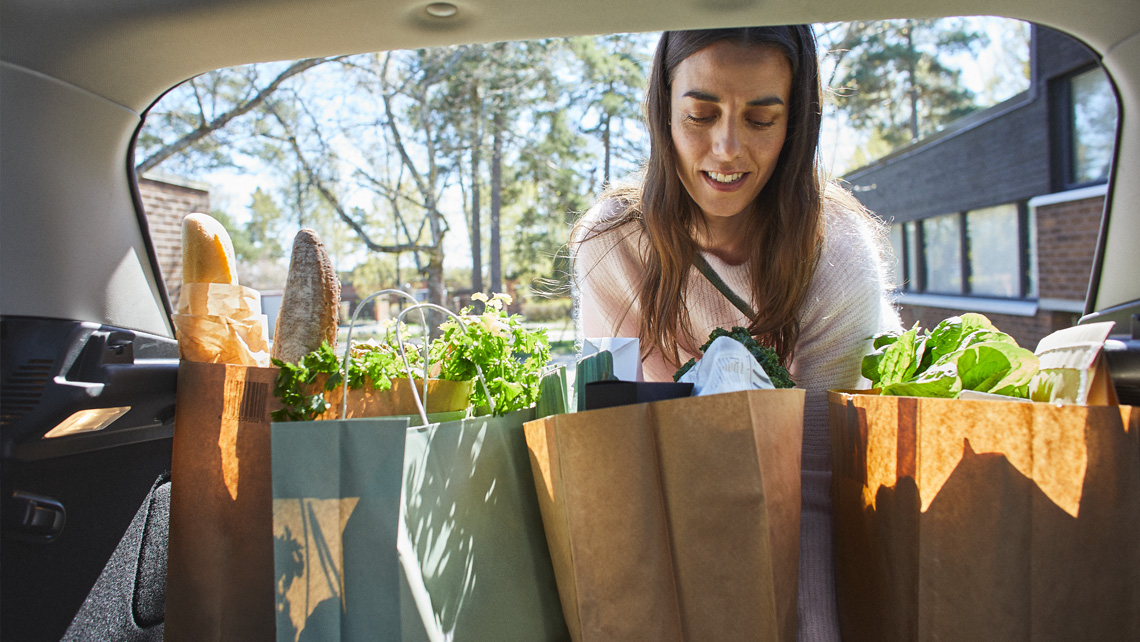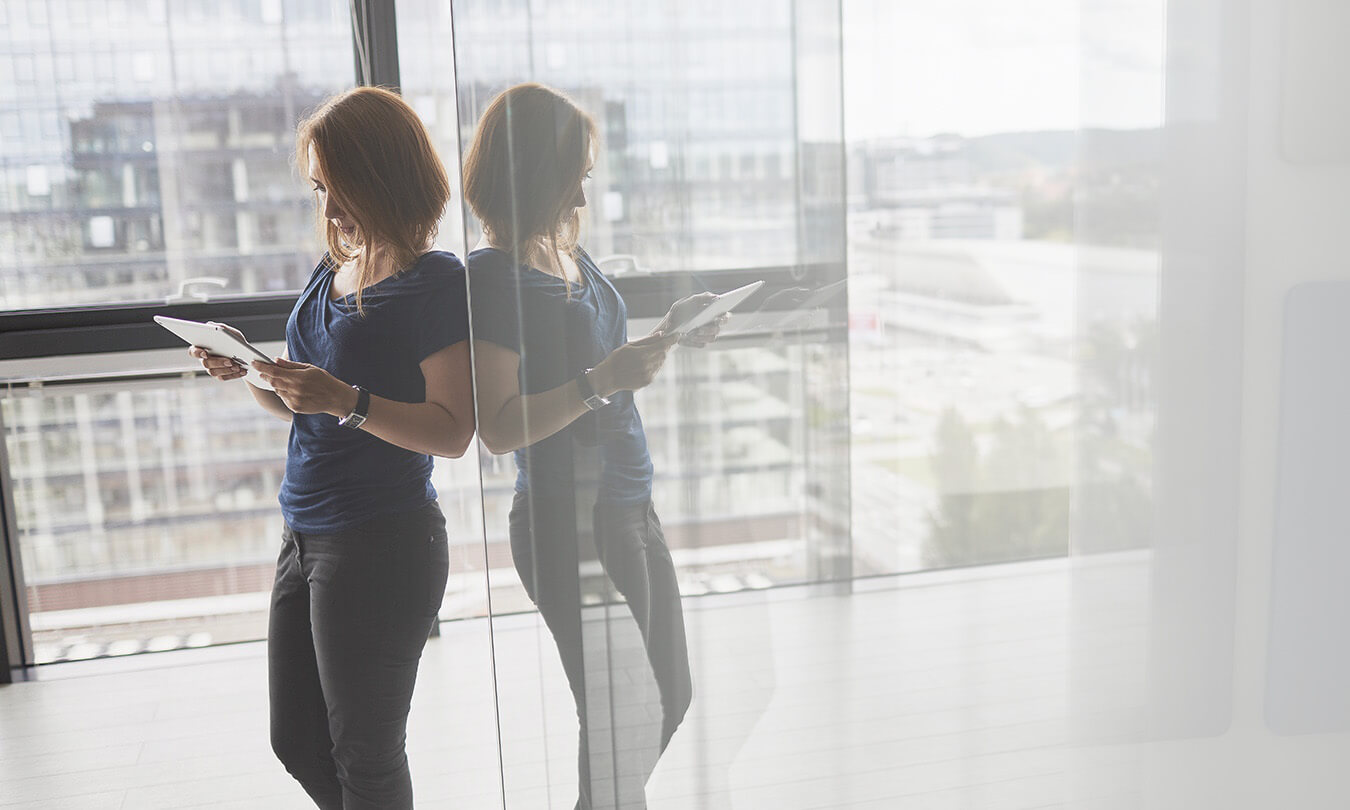In the European Union, households account for a whopping 53% of all food waste. On an average, 173 kg of food per person gets wasted each year (source: European Parliament). This is something we can influence by making a change in our grocery shopping and food planning habits.
Shop smart
When you go shopping for groceries, do you look in the fridge, plan ahead and know how you’re going to use the items you buy? If you have products that are approaching their “best before” date in the fridge, plan around those pieces first. Steer away from impulse purchases. Don’t fall for megapacks and “buy-1-get-1-free” type of offers, if you don’t end up consuming the “free” food.
Think also about how your food is packaged. Is it wrapped in excess plastic or unnecessarily single-packaged? Is there an alternative available that is more sustainable – like biodegradable food packaging-board? Thanks to the help of innovative chemistry, board can protect even challenging items like greasy foods and liquids, while remaining recyclable. So remember to recycle the packaging material in the appropriate way after use!
Know your “use by” and “best before” labellings. There is a difference.
Cook and eat smart
Cook sensibly. Think about your health and the environmental impacts of your diet. Meat lovers might want to consider quality over quantity – even small dietary changes can make a difference. Look for local producers. Beef, pork and cheese production leave the biggest environmental footprint, far bigger than e.g. potato, beans and local vegetables, chosen by the season. Perhaps you could increase the share of veggies on your plate?
Know your “use by” and “best before” labellings. There is a difference. A product can still be consumed after its best before date if your eyes and nose tell you it’s ok – it simply means that, according to the producer, it may have lost some of its best quality. Use by means literally that you should not use the product beyond the labelled date.
Use your imagination and utilize the leftovers.
Use moderate-size plates and fill them based on appetite, not habit. If food is left over, consider consuming it the next day or freezing. Don’t keep food sitting on the table in room-temperature for over a couple of hours max., or you might experience serious discomfort as a consequence. Also, don’t put a hot saucepan in the fridge but cool it as fast as possible – either by putting it in a sink full of cold water, or outside in cool weather.
Use your imagination and utilize the leftovers – make your version of the Swedish “pytt i panna” recipe, run fruit that’s turning soft in the blender for a tasty smoothie, give the veggies a chance by making a soup. Even your wallet will love these treats!
Bon appetit.

